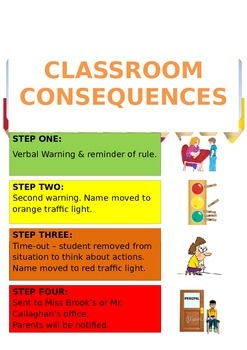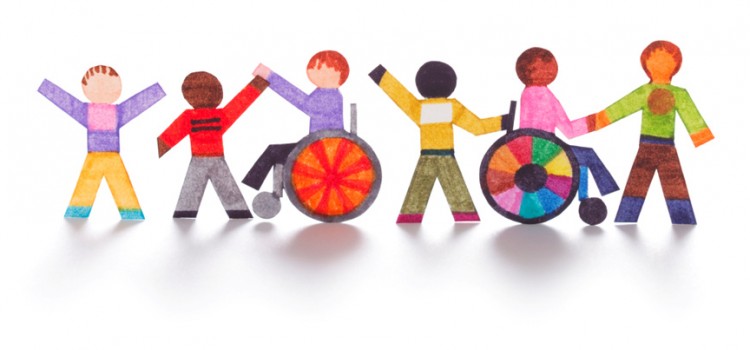The teacher will work with the entire school community to create a safe environment that is conducive to academic learning, positive social interactions, and personal growth and achievement. The state of the learning environment is a leading factor in student behavior and overall academic growth. Three components that should be included within a safe and cooperative learning environment are student-teacher check-ins, a well-thought out behavior management plan, and inclusivity.
Checking-In
Student-teacher check-ins can and should be done in a variety of ways. One simple way to check-in daily with students is by creating an anonymous sticky note chart that allows students to communicate with the teacher how they are feeling or doing each morning (see picture example). Allowing students to freely and openly check-in with the teacher on their own terms reinforces to students that their teacher cares about them and their well-being, which in turn can minimize distractions from outside the classroom taking a toll on students during instruction time. Having genuine conversations with students about their interests and life can aid in making the classroom a more comfortable and safe place for everyone.
Classroom/Behavior Management Plan

A well-thought out behavior management plan (BMP) is maybe the most important component in creating safe learning environment where students can focus on learning. Behavior management plans encompass rules, procedures, expectations, and steps to take for positive/negative behaviors and crisis situations. When teachers have their BMP’s planned out prior to the start of school, they can begin the school year with teaching the expectations of students right away. Students who understand the expectations in the classroom from the beginning of the school year will be less likely to misbehave and take away from instruction time. Thought out rules and behaviors, as well as planning for the unexpected, will aid the teacher in classroom management and keep the classroom environment safe.
Check out my plan here:
https://docs.google.com/document/d/1W-kb8RsxyWQRLZchWuTPn_tZrr0dvdH9gzKjxlZVieA/edit
Inclusivity

Part of keeping the learning environment safe for all students is actively making sure the classroom, content, and instruction is inclusive to students. Teachers should strive to let their students know that they are all accepted and safe within the classroom regardless of differences in gender, race, religion, etc. The teacher should keep an open-mind when getting to know their students and students’ families, and react respectfully and responsibly when discussing differences and needs with students and families. Lastly, the teacher should expect to facilitate discussions on inclusivity between students in the classroom. Inclusivity will allow for a learning environment that all students will feel comfortable in.
